[Author’s note: I wish to thank Coast Guard Archivist Nora L. Chidlow for her research into early Asian service members that has helped inform the writing of this essay.]
 Asian-American service members have participated in the United States Coast Guard for over 170 years, playing an important role in the history of the service and its ancestor agency of the U.S. Revenue Cutter Service. This essay documents the complicated history of the first 100 years of service members of Japanese, Chinese, and Filipino ethnic background. These three were the primary ethnic groups represented in the first 100 years of Asian service in the Coast Guard.
Asian-American service members have participated in the United States Coast Guard for over 170 years, playing an important role in the history of the service and its ancestor agency of the U.S. Revenue Cutter Service. This essay documents the complicated history of the first 100 years of service members of Japanese, Chinese, and Filipino ethnic background. These three were the primary ethnic groups represented in the first 100 years of Asian service in the Coast Guard.
Contact with Asian cultures grew as the U.S. expanded to the Pacific Ocean. The first documented case of an Asian man serving aboard a Coast Guard asset took place in 1853, when the San Francisco-based revenue cutter Argus rescued the only surviving crewmember of the Japanese dismasted junk Yatha Maru, which had drifted east across the Pacific after riding out a catastrophic storm. Argus’s crew fed and clothed him, and enlisted him into the crew. The cutter’s commanding officer, Lt. William Pease, phonetically spelled this first Asian recruit’s name “Dee-Yee-Noskee.” It is unknown what happened to Dee Yee Noskee, however, he likely returned to his home country and family to recount his harrowing tale.
Cutter muster rolls tell the rest of the story of Asian participation in the 19th century. Ethnically Asian names began to appear on muster rolls around the time of the Civil War. The year 1866 saw the first significant numbers of Asian nationals, including Ward Room Steward Zuing Chung, Cabin Steward Ah Ling, Ship’s Cook Sam Chung and Officer’s Cook Qim Joy aboard Revenue Cutter Lincoln, based in Port Angeles, Washington Territory. This unique system of enlisting foreign nationals, primarily Asian men, to serve in domestic and food service positions would remain in place for the next 100 years.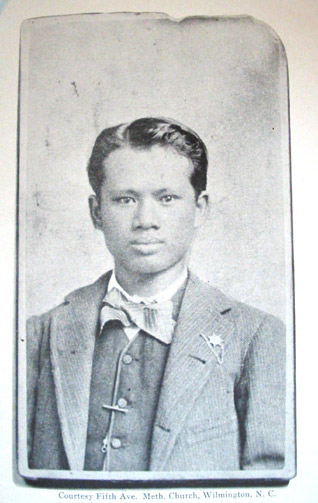
The purchase of Alaska in 1867 and expanded revenue cutter operations in the Pacific presented greater opportunities for Chinese and Japanese nationals to enlist aboard cutters, especially those based in West Coast ports. For example, in 1878, muster rolls show 10 Chinese nationals and three Japanese nationals serving aboard San Francisco-based Revenue Cutter Corwin. These men filled various food service and domestic positions in ratings such as steward and “Boy.” During the late 1800s, virtually every West Coast-based cutter employed Asian service members of this kind.
Two notable Asian service members defied the West Coast pattern and enlisted on the East Coast. As a teenager, Chiaio-shung Soong emigrated from China to Boston to work in his uncle’s teashop. Dissatisfied with this work, Soong enlisted aboard Revenue Cutter Schuyler Colfax in 1879 and transferred to the North Carolina-based Cutter Gallatin a year later. After his brief career in the Revenue Cutter Service, Soong attended Duke and Vanderbilt universities before returning to China as a missionary. He became a wealthy and influential power broker in Chinese politics and his children were among early 20th-century China’s most powerful political and economic leaders. In addition, April 1904 saw 37-year-old “F.” Miguchi, of Kobe, Japan, enlist as a cook aboard the East Coast Cutter Gresham. Before he left the service in December 1905, he had advanced from ship’s cook to wardroom steward, saved the life of a drowning cutterman, and received the first Silver Lifesaving Medal awarded to a minority Coast 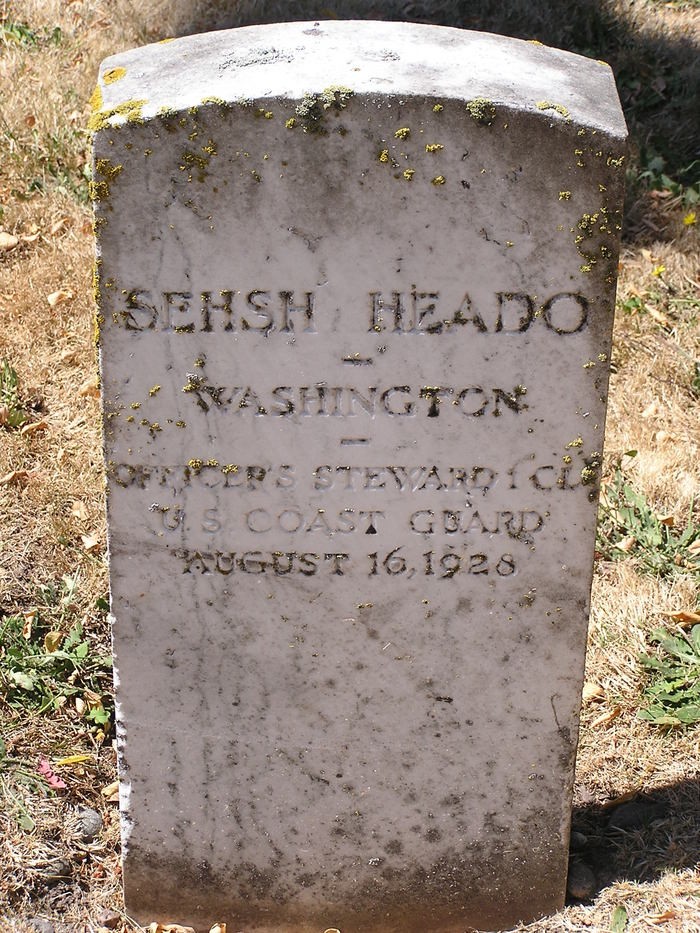 Guardsman. Little else is known about Miguchi and even his full first name remains a mystery to this day.
Guardsman. Little else is known about Miguchi and even his full first name remains a mystery to this day.
In 1898, after the Spanish-American War, the U.S. annexed the former Spanish territories of Guam and the Philippines. In 1901, President William McKinley signed an executive order allowing the U.S. Navy to recruit hundreds of native non-naturalized Filipinos to serve in domestic and food service positions. As a result of these territorial acquisitions and McKinley’s executive order, hundreds of Filipinos and other Asian nationals would join the Revenue Cutter Service in the ratings of steward, cook and boy.
During the early 20th century, the number of Asian service members grew. For example, the San Francisco-based Cutter McCulloch’s 1917 muster roll showed over half the positions of boy were filled by Philippine nationals. McCulloch’s food service positions of cook and steward were filled by Japanese nationals, including Cook Yone Kamiyama, Wardroom Steward K. Matsumori, and Cabin Steward Yosamatsu Minatoya. Minatoya was born in Ishikawa, Japan, and began serving in the Revenue Cutter Service in 1903 as a steward aboard Revenue Cutters such as the famed Cutter Thetis. He was serving on the McCulloch in 1917, when the vessel suffered a collision and sank off the California coast. Minatoya survived the wreck and remained with the Coast Guard until 1930 after over 25 years with the service.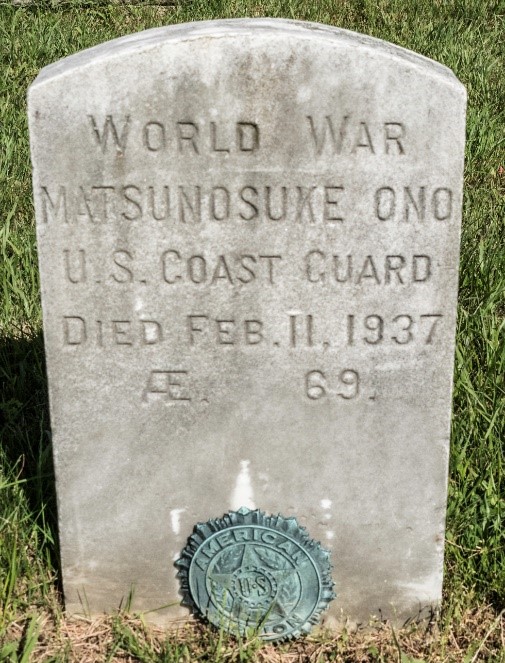
In the Interwar Period, Filipino service members dominated the domestic service ratings. In a 1937 U.S. Public Health Report, the Coast Guard was found to have 757 men in the steward section of the Cutter Forces Branch, including 99 African Americans and 364 Filipinos who were largely non-naturalized service members. During this period, Filipino Officers’ Steward 3rd Class Ramon Jasalim, aboard the Unalga, suffered mortal injuries, becoming the first known Asian service member to die in the line of duty. Meanwhile, Philippine native Modesto Magbanoa served in the Coast Guard in both World War I and World War II, before retiring as a 1st-Class Steward’s Mate.
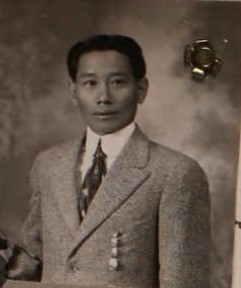 Japanese service members suffered greater hardships than members of other Asian ethnic groups did. Born in 1867, in Yokohama, Japan, Matsunosuki Ono began serving on Revenue Cutters in 1905 as a commissary steward aboard cutters and then at the Coast Guard Academy until his death in 1937 at the age of 69. He was the first known Asian service member to advance to chief commissary steward, which gave him chief’s pay, however, it did not confer rank or authority beyond the steward’s rating. He applied for U.S. citizenship, but received it posthumously two months after he died. Japanese native Sehsh Heado enlisted in Port Townsend, Washington, and served as an Officers’ Steward until his death in 1928. The Coast Guard base at Port Townsend paid for his funeral expenses and interment.
Japanese service members suffered greater hardships than members of other Asian ethnic groups did. Born in 1867, in Yokohama, Japan, Matsunosuki Ono began serving on Revenue Cutters in 1905 as a commissary steward aboard cutters and then at the Coast Guard Academy until his death in 1937 at the age of 69. He was the first known Asian service member to advance to chief commissary steward, which gave him chief’s pay, however, it did not confer rank or authority beyond the steward’s rating. He applied for U.S. citizenship, but received it posthumously two months after he died. Japanese native Sehsh Heado enlisted in Port Townsend, Washington, and served as an Officers’ Steward until his death in 1928. The Coast Guard base at Port Townsend paid for his funeral expenses and interment.
In February 1942, President Franklin Roosevelt signed Executive Order Number 9066, which led to the incarceration of 112,000 individuals of Japanese ancestry, including 70,000 U.S. citizens. This order and the discharge of Japanese-American workers by the federal government brought to a temporary close the 90-year record of ethnically Japanese members serving in the Coast Guard. In 1918, Umeshichi Yamabe had enlisted in the Coast Guard and became a citizen in 1937 only to be held at Arkansas’s Rohwer Japanese-American Relocation Center during the World War II. Hidemitsu Toyota enlisted in the Revenue Cutter Service in 1913 and served as a steward aboard cutters and, later, the Coast Guard Academy. He too was incarcerated at the Rohwer internment facility during the war. After the war and his release, he received U.S. citizenship in 1959, just one year before he died.
Acts and executive orders heavily influenced the enlistement of native Asian men who served in domestic and enlisted food-service positions. Passed by Congress in 1940, the Nationality Act allowed foreigners who served honorably in the U.S. military for three years to acquire citizenship. This law allowed many non-naturalized Asian service members to gain U.S. citizenship while serving in military forces, such as the Coast Guard.
After the fall of the Philippines to Japanese forces in 1942, exiled Philippine president Manuel Quezon transferred the Philippine patrol boat Bataan and its crew to the Coast Guard to serve as CG-68009 for the duration of the war. At the hand-over ceremony, Quezon stated, “The Filipino officers and crew who will man this vessel are now regular members of the Coast Guard Reserve. They, and this Coast Guard patrol boat, represent the desire of every one of the 17 million Filipinos, whether under enemy domination or on free soil, to go into action again in the fight for freedom.” Many CG-68009 crewmembers, including commanding officer, Lt.j.g. Juan Lacson, and exec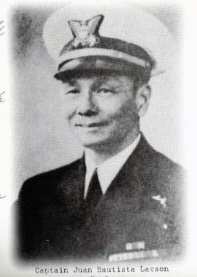 utive officer, Ensign Conrado Aguado, became naturalized citizens. They were among the Coast Guard’s first Asian members to receive not only the pay, but also the rank and
utive officer, Ensign Conrado Aguado, became naturalized citizens. They were among the Coast Guard’s first Asian members to receive not only the pay, but also the rank and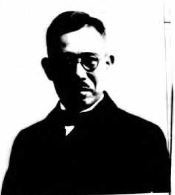 authority of senior enlisted men and officers.
authority of senior enlisted men and officers.
In 1946, the U.S. granted the Philippines complete independence and discontinued the practice of recruiting native Filipinos for domestic service work in the U.S. sea services. However, in 1947, the United States and Republic of the Philippines signed an agreement allowing the U.S. to once again recruit citizens of the Philippines for voluntary enlistment in the U.S. military. Enlisting Philippine nationals for domestic service on Coast Guard cutters continued for another 20 years, however, these men could choose to change to a non-food service rating or pursue an officer’s commission after gaining citizenship. Finally, in 1971, this practice was discontinued and all enlisted ratings were opened to Filipinos that qualified by means of education, prior experience and security qualifications.
During the late 1800s and early 1900s, service members from China, Japan and the Philippines played an active role in the Revenue Cutter Service and Coast Guard. They served with distinction, with many going in harm’s way and some making the ultimate sacrifice. Even though most of these men were non-citizens, they remained faithful to their adopted country and the Coast Guard’s core values of “honor, respect and devotion to duty.”